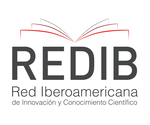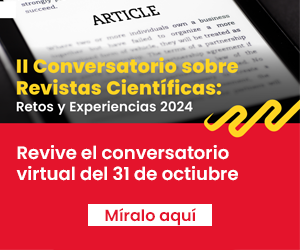Tumor de células esteroideas de ovario: Reporte de un caso.
DOI:
https://doi.org/10.20453/rmh.v16i1.867Resumen
The suggestive clinical characteristics of hyperandrogenism are very common problems in women and have been related with excessive androgen production from ovaries, suprarenal glands or both. The most common identifiable cause of androgen excess is the polycystic ovary syndrome. The virilizing tumors are rare. We report the case of a postmenopausal women with virilizing signs and a left anexial mass. Testosterone 4.3ng/mL (0.2-0.95); DHEAS 56ug/dL (35-430); androstenedione: 10ng/ml (0.4-2.7); Cortisol 16ug/dL. Testosterone post dexamethasone suppression test 3.5ng/mL. Ovarian steroid cell tumors secrete great quantities of testosterone or androstenedione and differ from Leydig cell tumors in that they lack crystals of Reinke. Usually, they are benign, but 20% of malignancy has been reported. They can produce different substances. The election treatment is oophorectomy. As in our patient, the androgens levels are normalized after surgery.
Descargas
Descargas
Publicado
Cómo citar
Número
Sección
Licencia
Los autores ceden sus derechos a la RMH para que esta divulgue el artículo a través de los medios que disponga. Los autores mantienen el derecho a compartir, copiar, distribuir, ejecutar y comunicar públicamente su artículo, o parte de él, mencionando la publicación original en la revista.

















